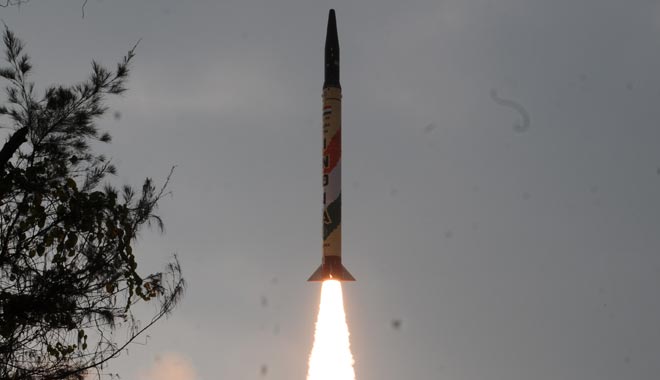
Indigenously developed nuclear capable surface-to-surface ballistic missile Agni-I was successfully test-fired off the Odisha coast.
Test: It was conducted as part of training exercise by the Strategic Forces Command (SFC) of Indian Army.
The missile was fired from mobile launcher at launchpad-4 of the Integrated Test Range (ITR) at Abdul Kalam Island (Wheeler Island) off the Odisha coast.
About Agni I Missile
Agni-I is the first missile of the Agni series launched in 1983 by the DRDO as part of Integrated Guided Missile Development Programme (IGMDP) in India.
Developed by: Advanced Systems Laboratory, the premier missile development laboratory of DRDO in collaboration with Defence Research Development Laboratory, Research Centre Imarat and was integrated by Hyderabad based Bharat Dynamics Limited.
Powered by: Both solid and liquid propellants and can be fired from road and rail mobile launchers.
Features: It weighs around 12 tonnes and is 15-metre-long. Payloads: Designed to carry both conventional and nuclear payload of about 1000 kg.
Speed and Range: It can travel at a speed of 2.5 km/s and can destroy targets ranging between 700 and 1250 kms away.
Advance Technology: It is equipped with sophisticated navigation system which helps to navigate missile to hit the target with a high degree of accuracy and precision.
Induction: The Agni I missile already has been inducted into armed forces and claimed to be a part of the India’s minimum credible deterrence under No first to use policy.
The first trial of Agni-I was conducted in 1989 and the last user trial was conducted in November 2015 from Dr. Abdul Kalam Wheeler Island.
Current Affairs 14th March, 2016 Highlights of Union Budget 2016-17 Highlights of Railway Budget 2016

Join The Discussion